What’s the Cell Membranes function?
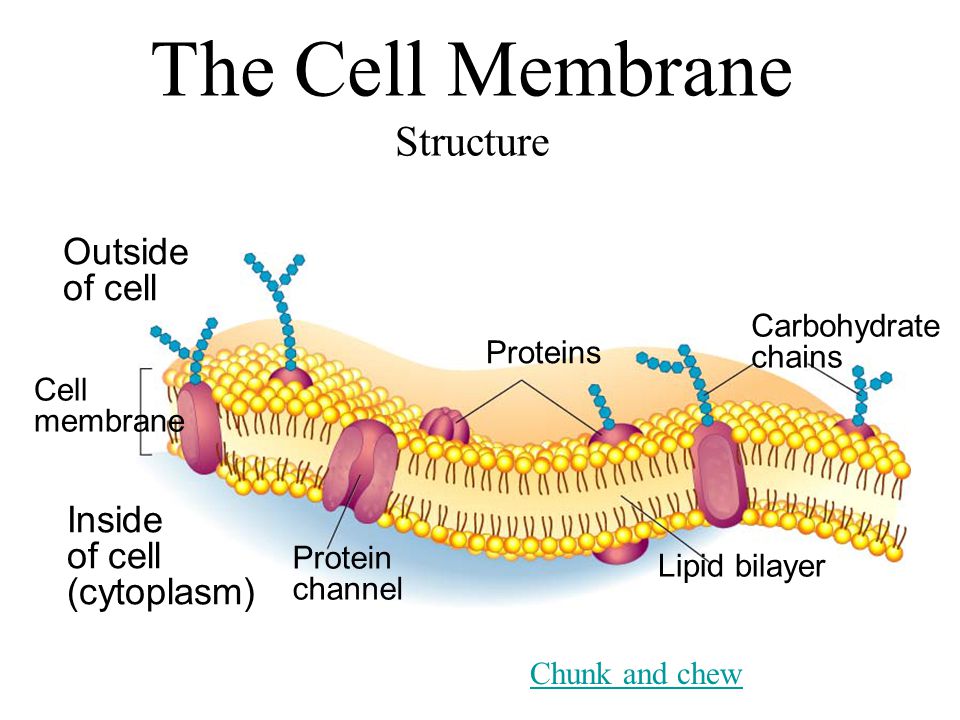
The basic function of the cell membrane is to protect the cell from its surroundings. The cell membrane controls the movement of substances in and out of cells and organelles. In this way, it is selectively permeable to ions and organic molecules.
It is the protective, semi-permeable outer layer of a plant cell. A major function of it is to give the cell strength and structure, and to filter molecules that pass in and out of the cell. What is this organelle?
Cell Wall
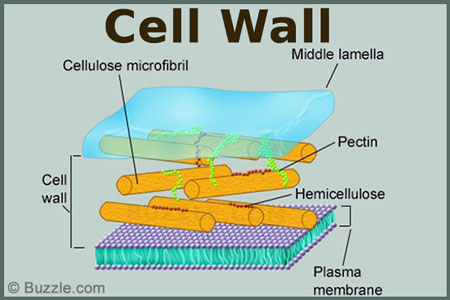
What’s the Endoplasmic Reticulum function?
The endoplasmic reticulum serves many general functions, including the folding of protein molecules in sacs called cisternae and the transport of synthesized proteinsin vesicles to the Golgi apparatus.
It absorbs sunlight and uses it in conjunction with water and carbon dioxide gas to produce food for the plant. What’s is this organelle?
 Chloroplast
Chloroplast
What’s the Nucleus function?
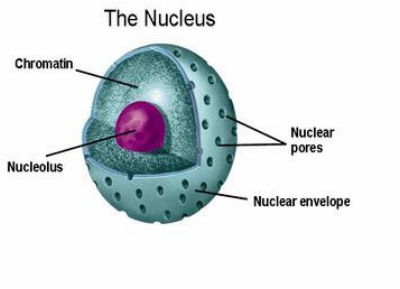
This organelle has two major functions: it stores the cell's hereditary material, or DNA, and it coordinates the cell's activities, which include growth, intermediary metabolism, protein synthesis, and reproduction.
This organelle is the storage structure in a cell. It can also hold food for later use and forwaste removal. What organelle is it?
The Vacuole

What’s the Lysosomes function?

Lysosomes are organelles that contain digestive enzymes. They digest excess or worn out organelles, food particles, and engulfed viruses or bacteria.
Are a cell structure that makes protein. What structure is it?
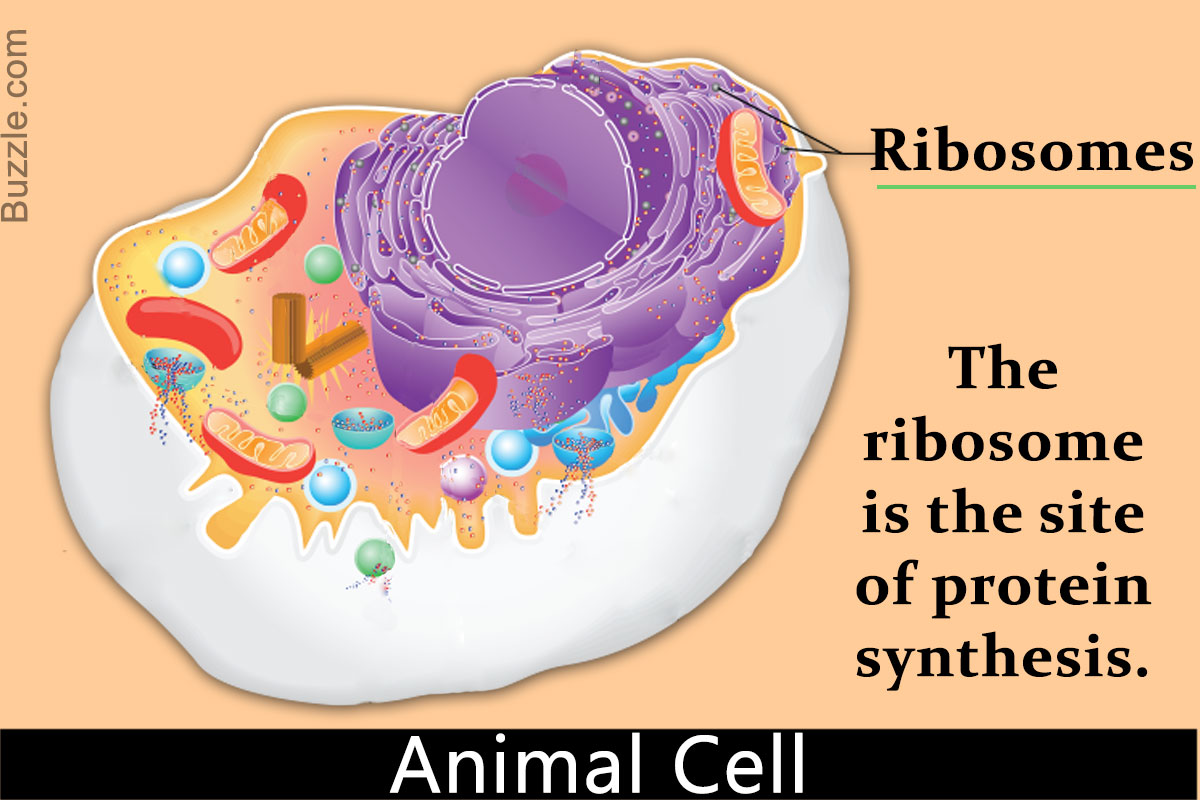 Ribosome
Ribosome
What’s the Nuclear Membranes function?
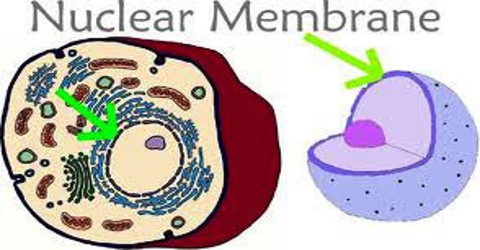
It’s the membrane that encloses the nucleus.
Produces the energy currency of the cell, ATP, through respiration, and to regulate cellular metabolism. What organelle is this?
Mitochondria
